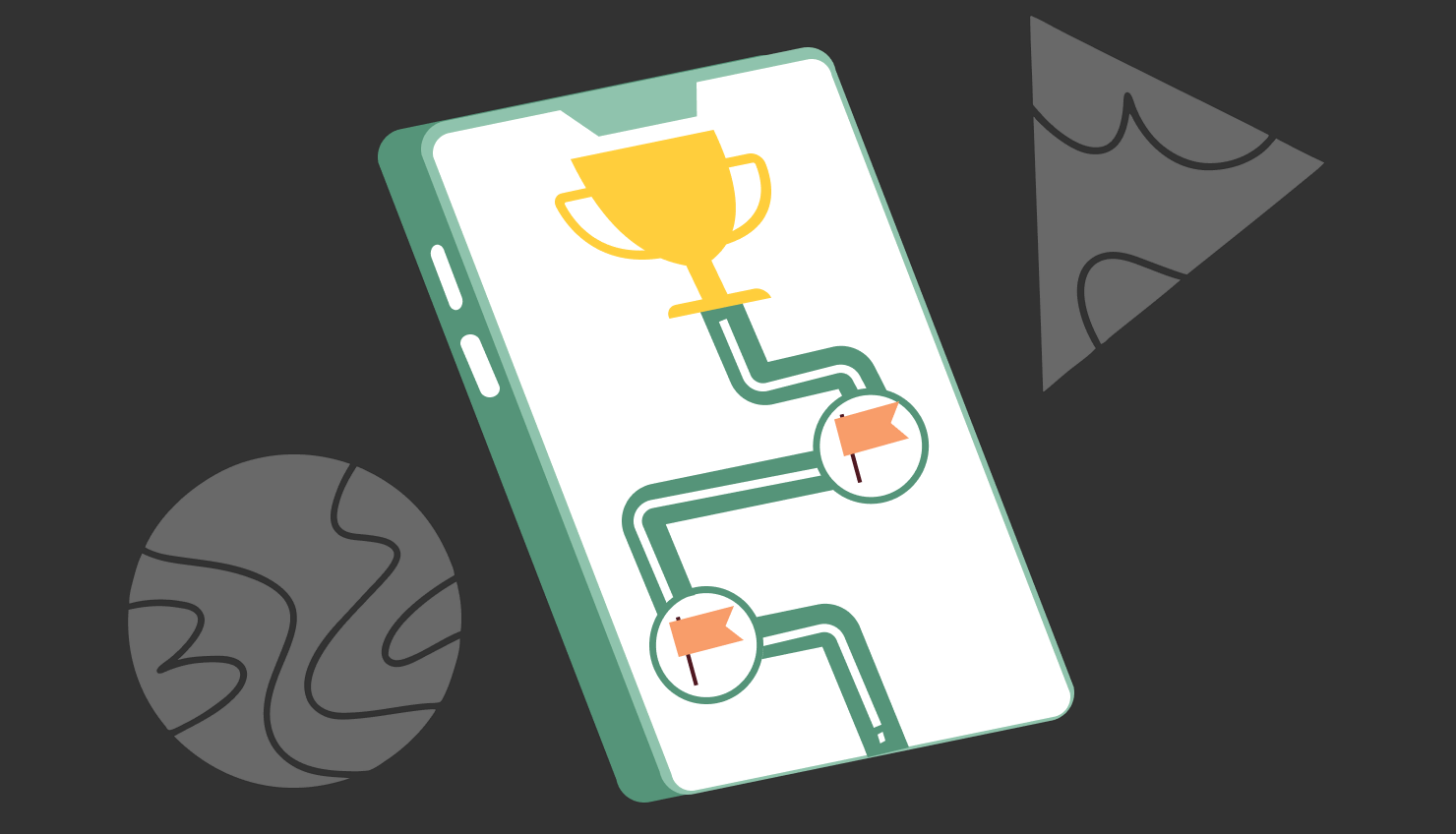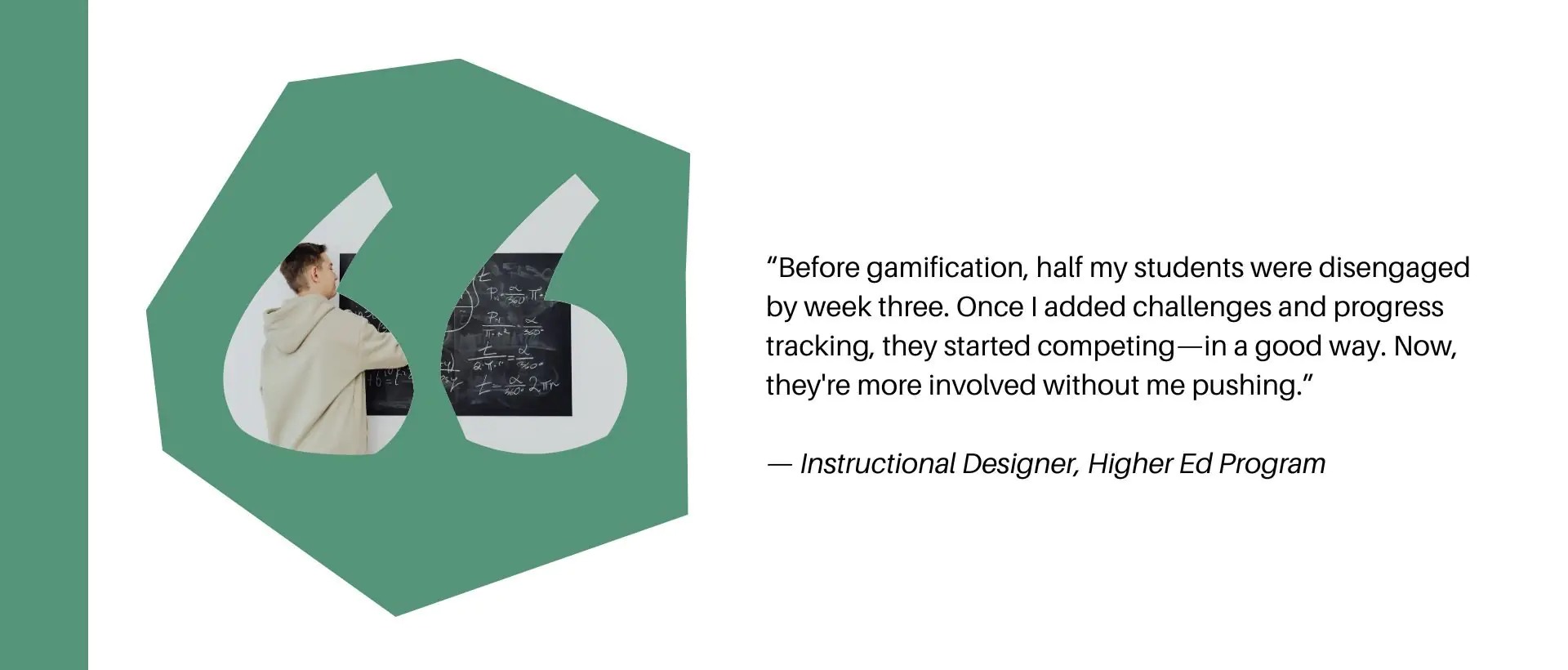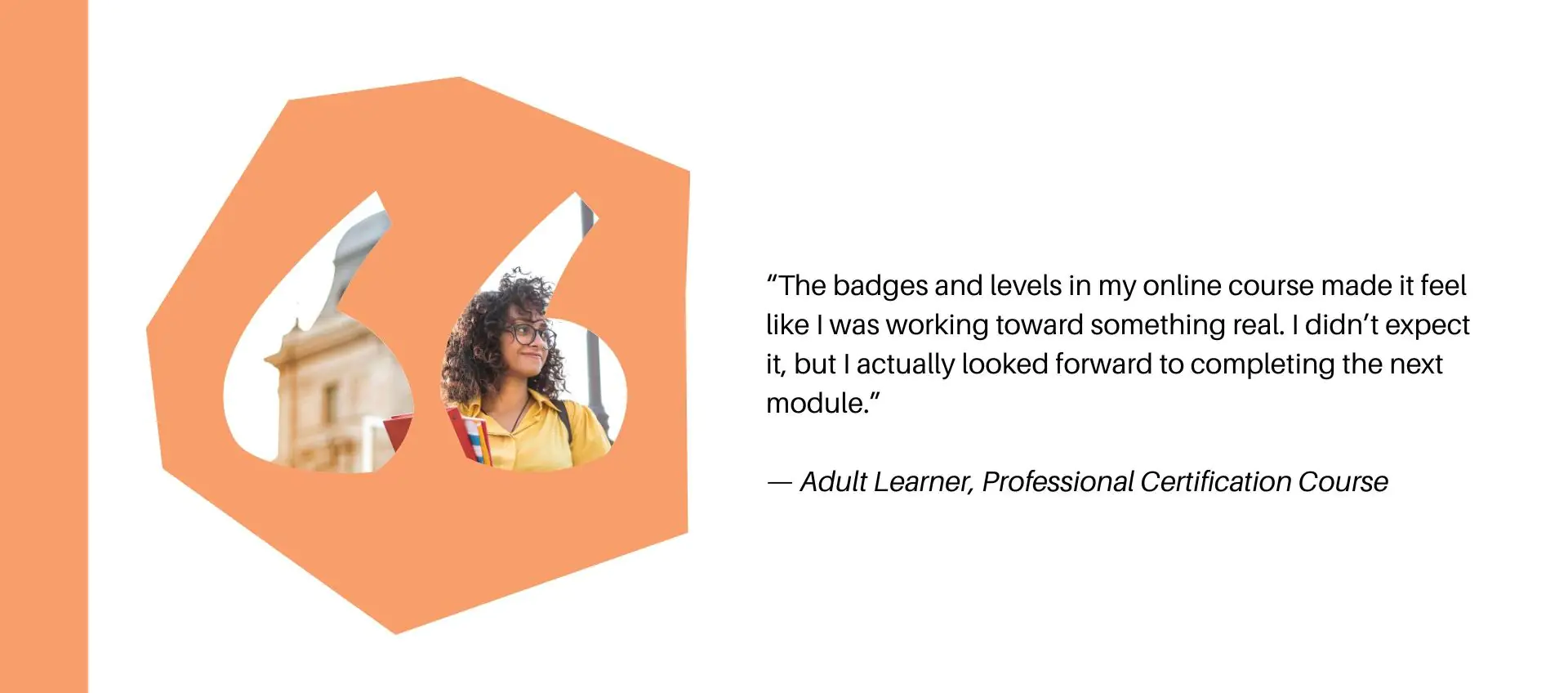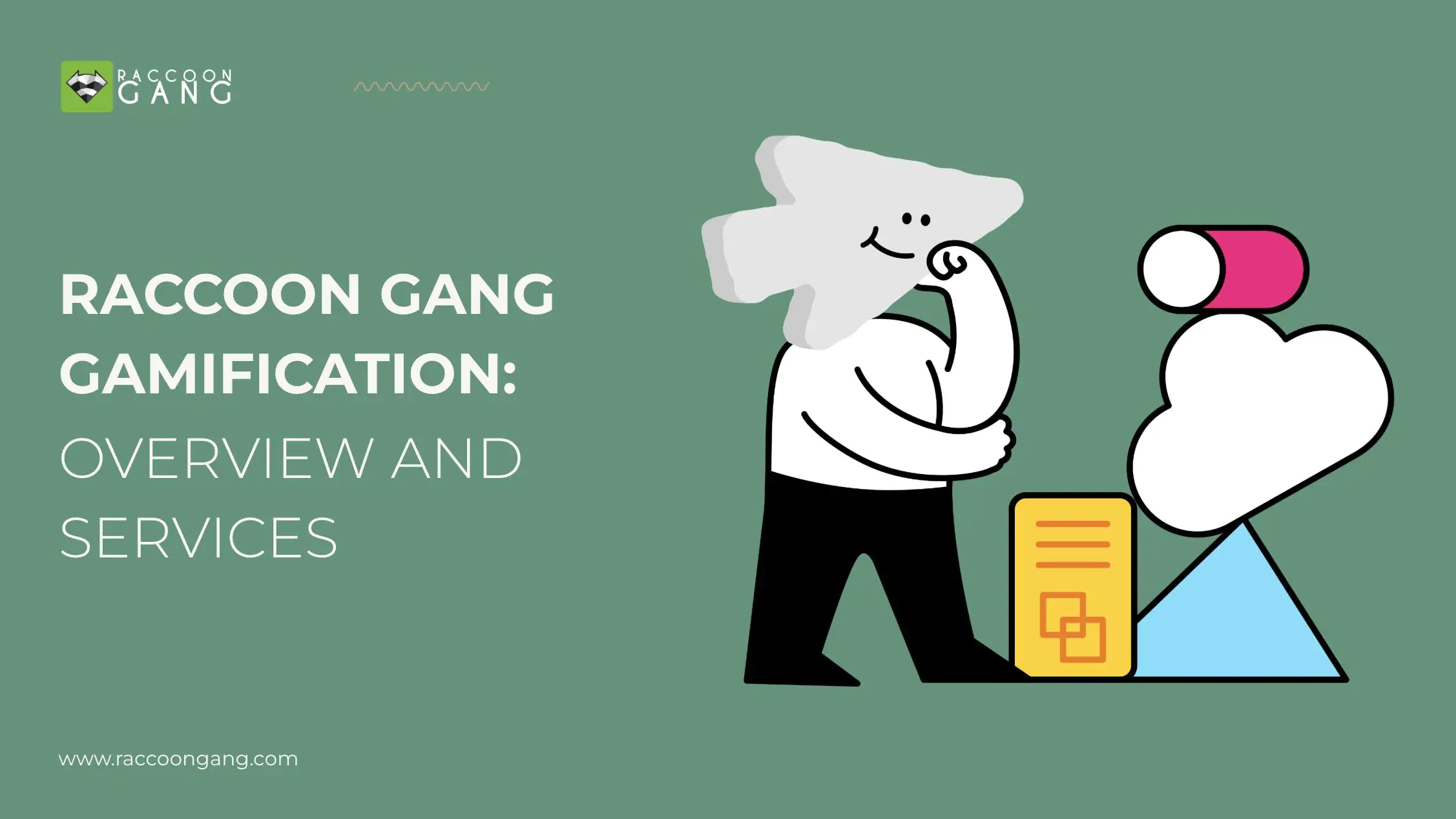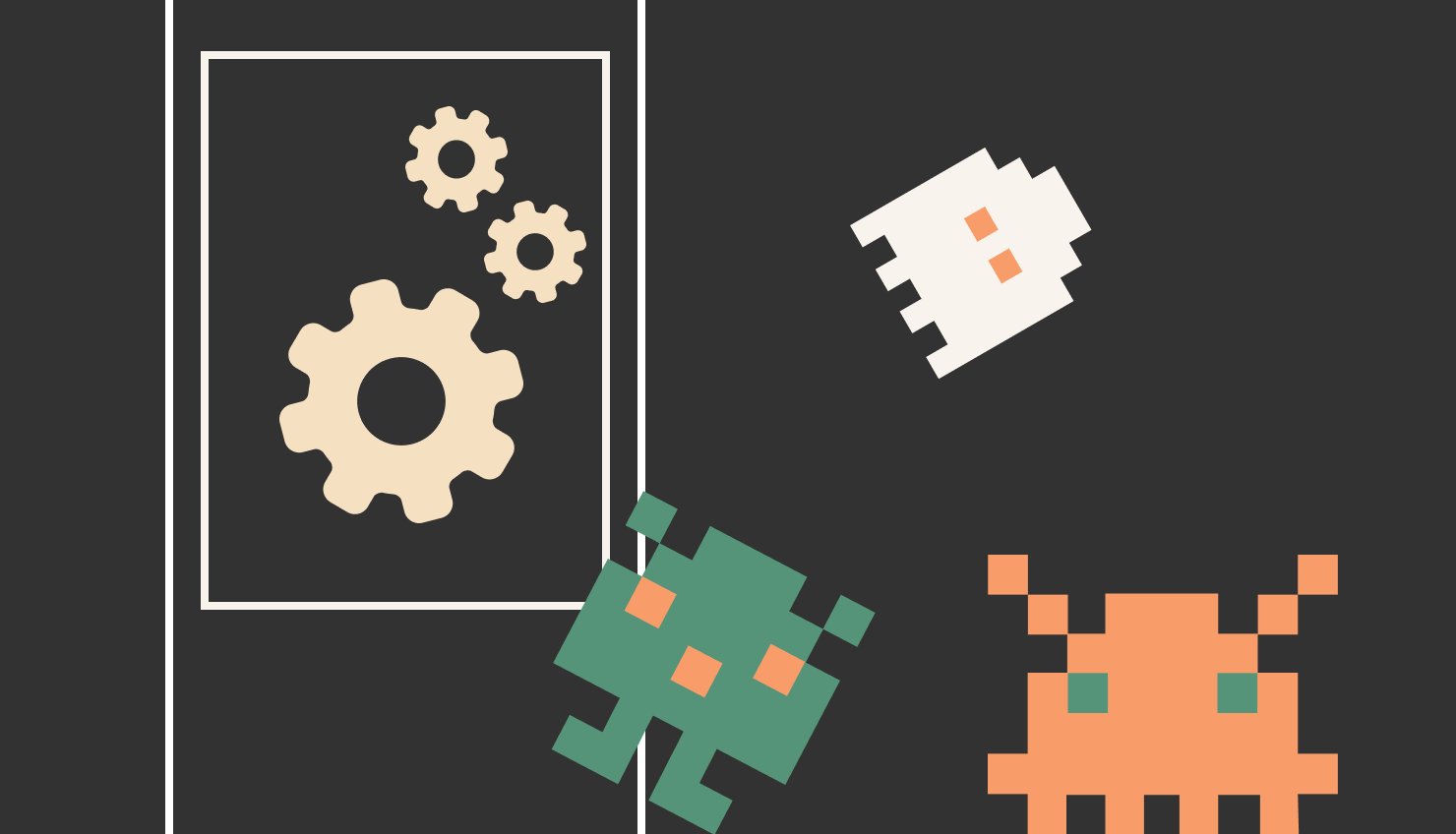What do we mean when we talk about gamification in education? First of all, it’s worth making a remark — gamification does not equal fun. There is no doubt that game mechanics such as points, levels, badges, and leaderboards boost student participation in educational settings. Different gamification strategies diversify the learning process and enrich it to combat passive yawning and daydreaming during the lesson.
That’s why gamified learning platforms are gaining popularity both in classrooms and in corporate training. Sure, gamification has a lot in common with games (your Captain Obvious). Moreover, games and gamified learning systems share one purpose — they solve the same problem: engagement.
Just like in games, people learn best when they have motivations, overcome challenges, and can try again without penalty. The primary difference between a game and gamification is that the latter takes advantage of the former and uses it for educational purposes.
What is Gamification in Education?
Gamification in education is an approach to organizing the learning process with mechanics and game elements such as scoring systems, badges, progress tracking, and more. This approach supports student-centered learning. It allows each learner to move at their own pace using adaptive learning paths, shaped by interaction with course elements.
For example, learners can “unlock” units and levels one by one as they progress. It makes their learning path feel like a game leveling system. Leaderboards and other gamification strategies are the way to follow if you don’t want your students just cramming the material.
“It’s important to separate gamification from game-based learning. Gamification adds game mechanics to an existing course or activity. Game-based learning, on the other hand, uses a full game as the learning experience itself. For instance, adding points and rewards to a language app is gamification; using a simulation game to teach history—that’s game-based learning.” — Instructional Designer at Raccoon Gang.
In the following blocks, you’ll find gamification examples in corporate training, higher education, and K–12. We’ve compiled examples and tips to help you answer the question: to be or not to be — to implement gamification in your courses or not.
Benefits of Gamification in Education
If we move on to a more substantive discussion of the main benefits of gamification in learning, it’s worth starting with what the research tells us. And research shows that classroom gamification improves students’ self-perception when facing and overcoming challenges. This, in turn, contributes to increased engagement and confidence in problem-solving and critical thinking (Rachels & Rockinson-Szapkiw, 2018; Celis et al., 2023; Peura et al., 2023).
Let’s take a look at what happens when gamification advantages enter the classroom or training room. What changes? What improves? Below, you can find the key benefits.
1. Engagement and Student Motivation
Gamification keeps students motivated and engaged. Points, levels, and challenges aren’t just decorations. A typical example is how simple achievements on a fitness tracker encourage you to take more steps or drink more water (though, admittedly, we often ignore those smartwatch notifications ourselves). Still, when students know and see their learning level and compare it to others, they strive to improve their position. This is how student motivation goes from short-term interest to long-term commitment.
2. Better Recall Through Active Practice
Gamified activities are about systematic repetition during the absorption of new material. Repetition and active practice (short quizzes, for example, or drag-and-drop activities) help with knowledge retention and strengthen recall. It’s like in life — the more I do something, and not just read about it or watch a video, the better I remember it. This method is a cornerstone of gamified training. Repeated actions through interactive learning tools help harden long-term memory.
3. Real Thinking, Not Just Clicking
Many gamification strategies are the direct opposite of mindless ticking of boxes. A gamified course can offer students timed challenges and branching scenarios. These kinds of tasks encourage students to think, react, and reflect. This aligns well with core gamification training principles and supports modern teaching strategies aimed at building critical thinking.
4. Built-In Collaboration Without Extra Tools
Don’t underrate the importance of collaboration. Put it simply, while learners try to climb the leaderboard, they communicate with each other and discuss finished tasks. Participation stops being an obligation and becomes part of the game. That’s a core benefit of gamification in the classroom — collaboration that feels natural, not assigned. For educators, the primary benefit of gamification in this situation is that it creates space for collaboration without requiring additional resources from them.
5. One System, Many Learning Paths
A well-designed gamified learning platform (gamified Learning Management System) can support individual pacing. Learners move forward based on progress, not pressure. Struggling students don’t get left behind. High performers don’t get bored. This makes personalized learning practical, without building separate lessons for every student.
→ If you want to enrich your training with game elements, professional online course development services can help.
Effective Gamification Strategies for Educators
So, when the benefits of gamification for learners are clearly observed, what about the educators? Let’s break down the leading methods and strategies that every educator can take and use (of course, if suitable gamification tools are available for them).
Below are proven gamification strategies that boost motivation, clarify progress, and keep your learners engaged from start to finish (putting theory into practice where it counts most). These strategies are widely used in both academic settings and gamification in learning and development programs, where they improve participation and retention through proven engagement techniques.
Point Systems and Leaderboards
Track student progress with Points. Points allow you to form Leaderboards, and together, all this forms ranking systems capable of rewarding effort, not just top scores. In group settings, team-based boards help reduce pressure while keeping motivation high.
Badges and Achievement Rewards
This is not about handing out digital stickers, let’s just say it. Reward-based learning reflects real victories such as finishing a module, mastering a skill, or helping a peer. Visible achievements like these help students feel the value of their actions. They feel ownership over the process. Believe us, this supports ongoing engagement just as well as points.
Interactive Quizzes and Learning Challenges
Quizzes with immediate feedback grab attention and hold it. Bonus points for streaks, first tries, or similar gamification techniques can sharpen focus and improve retention. Learners stay involved because every answer counts.
Storytelling and Role-Playing
If your training focuses on soft skills, healthcare, or leadership, role-play scenarios help simulate real situations. Think of it as a safe proving ground — skills are tested, but there’s no risk. When learners step into a role, they stop passively consuming content and start thinking and responding like participants.
Real-World Examples of Gamification in Education
Gamification isn’t a theory that lives only in research papers. It’s already changing how learners engage with content, from classrooms to mobile apps. Below are real tools and platforms that demonstrate gamification examples in education and beyond, in real classrooms and training environments.
| Tool/Platform | How It Uses Gamification | Learning Focus |
| Duolingo | Tracks learning streaks, gives XP points, and rewards with badges to keep users returning. | Language learning |
| Kahoot! | Offers timed, competitive quizzes to boost energy and classroom engagement. | General subjects and formative assessment |
| Classcraft | Uses role-playing mechanics to manage behavior and foster teamwork in class. | Classroom management and collaboration |
| DragonBox | Turns algebra and math concepts into game-based puzzles and visual challenges. | Mathematics and early algebra |
| Quizlet | Combines flashcards with memory games and practice modes to reinforce learning. | Test prep and concept review |
These gamified tools for learning show how well-designed platforms can improve attention, retention, and interaction. Many of these tools rely on digital rewards, learning games for education, and real-time feedback to create impactful gamified courses. They are strong gamification examples that prove game mechanics work when applied with purpose.
Case Studies Highlighting Gamification Success
When implemented with the right tools, gamification in education leads to measurable results. Below are examples of how organizations have used gamification to improve both performance and motivation.
Case 1: Increased Student Performance with Challenge-Based Learning
A corporate training provider using our Open edX services integrated the Raccoon Gang Gamification plugin to redesign learning paths around challenges and rewards. Learners could unlock new modules, earn points, and compete in teams using leaderboards. With clear rules and flexible badge systems, engagement rose sharply.
The result: a 60% increase in course completion rates and better knowledge retention across the board.
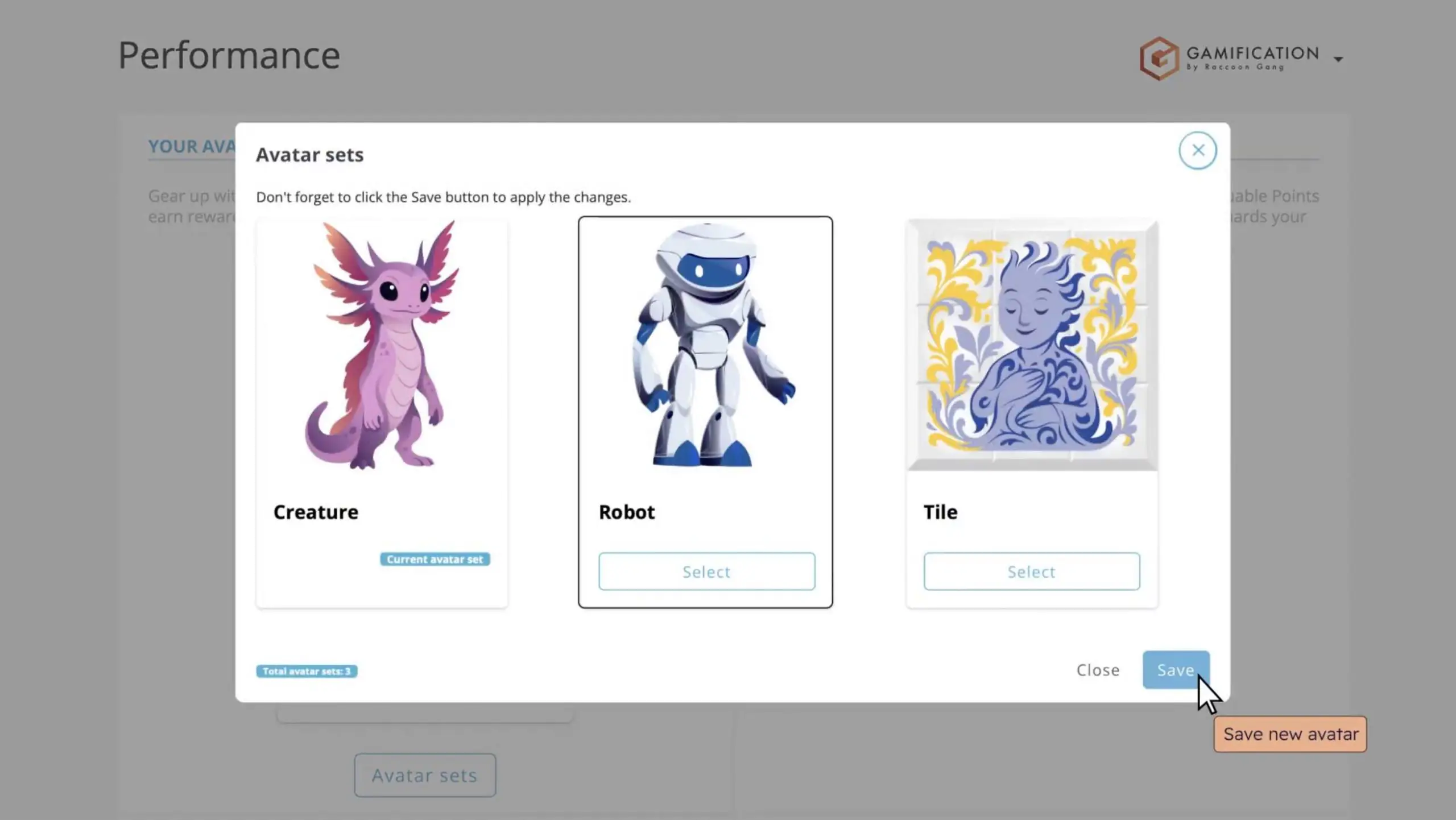
Student gamified experience: Learners earn points, evolve their avatars, and collect badges – all while staying motivated and engaged.
Case 2: Motivated Classrooms with Custom Rewards and Competition
A university offering continuing education used Raccoon Gang’s gamification tools to turn passive video courses into active experiences. Instructors created custom badges, set clear milestones, and tracked progress using built-in visual tools. The integration supported gamified classrooms where students stayed focused and involved. Learner feedback showed higher motivation levels and longer participation times compared to previous terms.
Key features that made it work:
- Badges tailored to specific course goals
- Customizable rules for rewards and progression
- Points and leaderboards to support friendly competition
- Microlearning elements tied to gamified incentives
Challenges and Considerations in Gamification
If you have some doubts about gamification at this moment (it’s totally okay), there are some unknown currents under the surface that you should be aware of before diving in. So, here are the main nuances that you should think about in advance. Before your gamification project is available to students on your platform, try to solve these core issues.
| ❌ Instead of… | ✅ Do this… |
| Using points, badges, and leaderboards as the main learning goal. | Tie rewards to real progress to support intrinsic motivation and meaningful outcomes. |
| Adding competition without considering learner diversity. | Use digital classroom tools that meet accessibility standards and support different learning speeds. |
| Adding flashy effects that distract from content. | Use focused game-based learning elements that reinforce course objectives.
“Well-designed gamified courses or a structured gamification course can achieve this by combining content with thoughtful mechanics rather than gimmicks.” — Online Course Developer at Raccoon Gang. |
Takeaway: What we want to say is that your task as an educator — if you truly want to get the benefits from gamification of your course or lesson — is not to add every game mechanic out there. As always, it’s better to have less, done right, than more with no purpose. Quality matters more than quantity. When it comes to gamification challenges, trying to throw everything at the wall to see what sticks usually backfires. (In the context of gamification platforms for education, too.)
→ If you’re looking to align game mechanics with your learning goals, consider using expert instructional design services.
Conclusion: Gamification That Works
To sum it up, the gamification technology in education and its benefits recap is clear: when used with purpose, gamification can turn passive learners into active participants. It boosts engagement, supports knowledge retention, and helps develop real-world skills—all without sacrificing the core of education.
Gamification in modern education isn’t just about making learning fun. The future of gamified LMS and learning in general is in balance. Use tools that enhance learning, not distract from it. Reward progress that matters. Build experiences that motivate learners from the inside out.
You don’t need to gamify everything. You just need to do it right.
